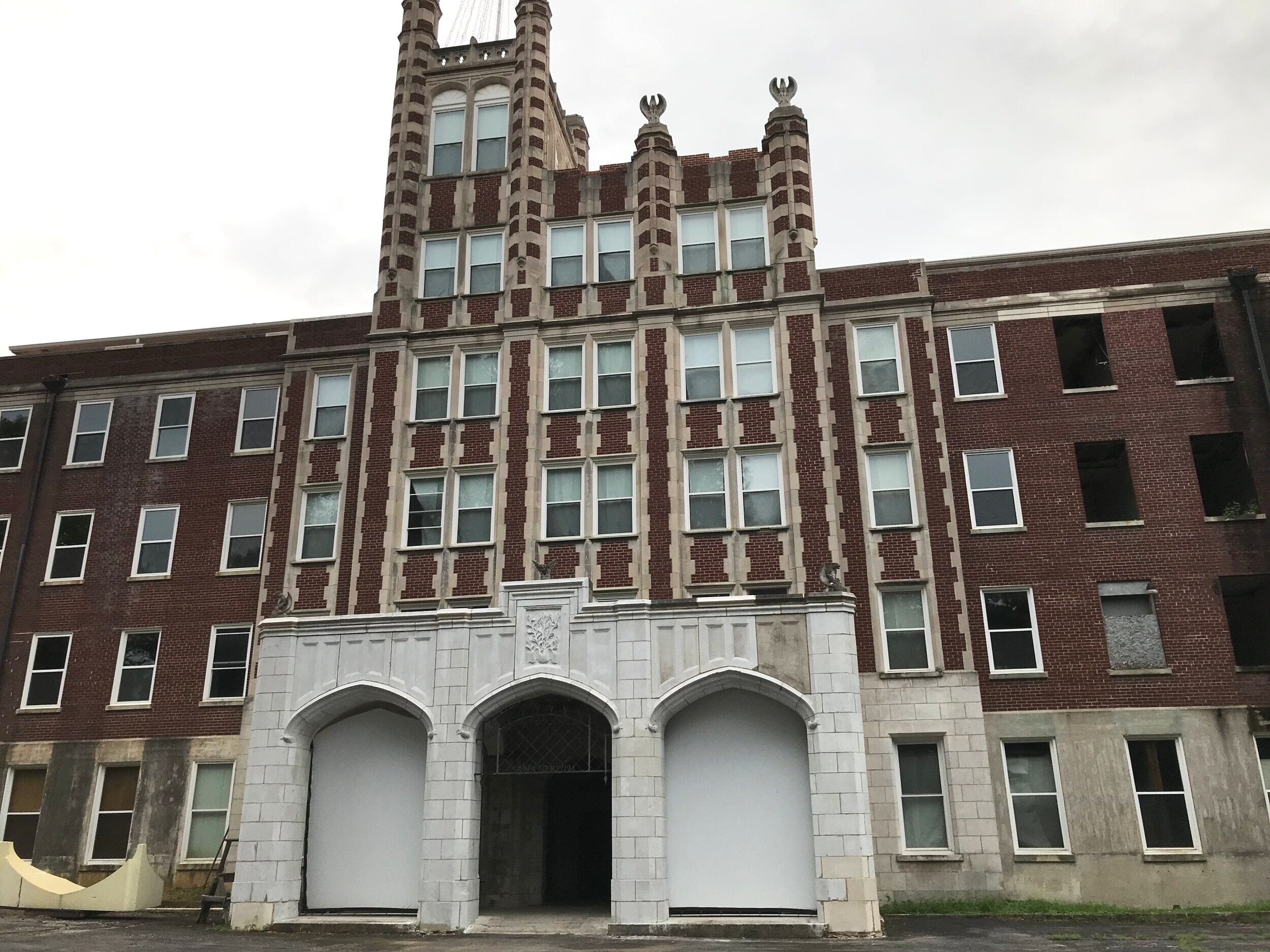
Tuberculosis got its nicknames from the sickly pallor of the victims the disease claimed.If left untreated, the bacteria would begin to eat away at the lungs and could spread throughout the body - “consuming” it.Symptoms of tuberculosis include: a lasting cough, chest pains, fever, loss of appetite / weight loss, hills, sweating, and coughing up blood.It wasn’t until 1882 that Robert Koch published a paper identifying this bacillus for the first time.The tubercle bacillus that causes tuberculosis was identified in an Egyptian mummy that dated back to 3000 BCE.Tuberculosis (also known as TB, consumption, the White Death, or the White Plague) is a highly communicable bacterial infection contracted by breathing in air containing Mycobacterium Tuberculosis.In fact, it has been called one of the most haunted places in the world. Waverly Hills Sanatorium once housed hundreds, perhaps thousands of tuberculosis patients during a major, years-long outbreak in Jefferson County, Kentucky… the building that still stands today is said to be haunted by those who died there. Note: Nobody is allowed on the premises without a reservation! The “GPS address” for tours and investigations is: The building is host to ghost hunters from all over the globe.**Research compiled for Ryan & Shane on Januby Micki Taylor. No matter the good vibes the site espoused, it still ended up as place to scare people. The current owners of the Waverly Hills Sanatorium use the derelict space as a “haunted attraction,” staging horror houses in the fall and running ghost tours the rest of the year. The empty building was purchased by a number of buyers in the following years, but nothing ever saw fruition. This company operated the nursing home facility until 1982 when it was closed by the state for violations and the mistreatment of patients. Later it was leased to a private nursing firm and the name was changed to Woodhaven Geriatric Center. In 1962 the hospital was purchased by the state and used as a nursing home. In 1961, the hospital finally closed its doors. The administrators began taking the bodies through the hidden tunnel to hide the morbid evidence from the other tenants, earning the tunnel the nickname “the body chute.” Luckily this misery came to an end in the 1940s when a tuberculosis drug was introduced that drastically lowered the need for such a large facility. The number of shrouded bodies being taken away from the building began to have a dramatic effect on the morale of the victims, which was hugely problematic since this was the cornerstone of treatment. As the state of the patients worsened, people began to die in the facility on an almost-daily basis. Patients in every condition were accepted including those in early stages to those in the final stages.Įven with many new procedures available, it was impossible to save everyone. A tunnel connecting to the base of the hill was also built so that workers and supplies could be ferried to the facility at the top of the hill. In 1926, the massive building seen today opened its doors to accommodate another 450 beds. A children’s pavilion was also built to house not only young victims of the disease, but also children whose parents were too ill to care for them.

As the outbreak spread, the facility needed to be expanded and, in 1912, the larger building was built and patients from a number of surrounding hospitals were transferred to the facility. To this effect the original facility consisted of two open-air pavilions which housed 40 victims of the disease.

They had noticed that s ome improvement began to present itself in those who spent a restful retreat in the mountains.

Waverley sanitarium how to#
With little knowledge of how to fight the illness, the creators of Waverly Hills based their treatment on quarantine, fresh air, and a positive attitude. The sanatorium was established in the early 20th century to help deal with an outbreak of the then-incurable disease tuberculosis. Today, it stands today as a monument in the fight against the dreaded disease. Nestled on the top of a placid hill, the old Waverly Hills Sanatorium once tried to heal tuberculosis with peace and good vibes.


 0 kommentar(er)
0 kommentar(er)
